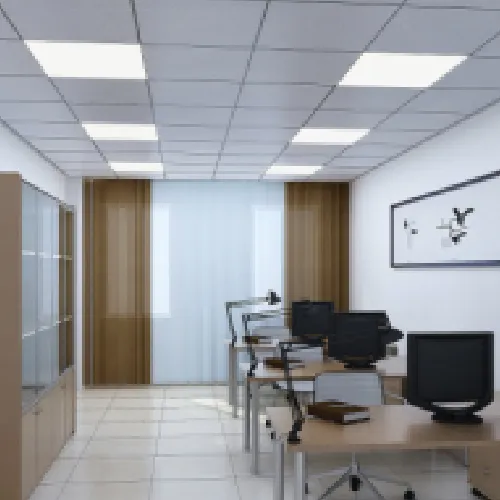9 月 . 19, 2024 12:28 Back to list
tile grid ceiling
Understanding Tile Grid Ceiling An Overview
Tile grid ceilings, commonly referred to as suspended or drop ceilings, have become a popular architectural feature in commercial and residential spaces alike. This type of ceiling consists of a framework that is suspended from the structural ceiling and supports lightweight ceiling tiles, providing several aesthetic and practical advantages. In this article, we will delve into the components, benefits, and installation of tile grid ceilings, highlighting why they are a preferred choice for many.
Components of Tile Grid Ceilings
The fundamental components of a tile grid ceiling include the grid system, the ceiling tiles, and the suspension system. The grid system typically consists of metal channels that create a framework, forming a grid pattern. These channels are either T-shaped or square and are available in various materials, including aluminum or galvanized steel, providing both durability and a sleek appearance.
Ceiling tiles, which fit into the grid, can be made from various materials like mineral fiber, fiberglass, or metal. These tiles not only provide a polished look but can also come in different textures, colors, and styles, allowing for customization to suit any design specification.
Finally, the suspension system consists of hangers and wires that support the grid below the structural ceiling. This system ensures that the tile grid ceiling remains stable and secure while allowing easy access to the space above for maintenance or infrastructure needs, such as electrical wiring and air ducts.
Benefits of Tile Grid Ceilings
tile grid ceiling

One of the primary advantages of tile grid ceilings is their ability to conceal unsightly elements like wires, ductwork, and plumbing, creating a cleaner appearance. This not only enhances the visual appeal of a space but also allows for more efficient use of the area.
Additionally, tile grid ceilings offer excellent acoustic properties. The materials used in ceiling tiles can help absorb sound, which is particularly beneficial in office settings or any environment where noise reduction is paramount. This feature enhances comfort and productivity for occupants.
Another significant advantage is the ease of installation and maintenance. Unlike traditional ceilings, which can be cumbersome to install, tile grid ceilings are relatively straightforward and can often be installed in a fraction of the time. If a tile becomes damaged or stained, it can easily be replaced without the need for extensive repairs, which can save both time and costs.
Installation Process
The installation of a tile grid ceiling typically begins with measuring the space and marking reference lines on the walls to establish the grid layout. The main runners are then installed, followed by the cross tees to form the grid. Once the grid is secure, the ceiling tiles can be inserted into the grid system.
Proper planning is essential during installation, especially regarding the placement of lights and vents, to ensure that they integrate seamlessly with the ceiling design.
In conclusion, tile grid ceilings provide an effective solution for both aesthetic and functional needs in various spaces. With their customizable design, sound-dampening qualities, and ease of maintenance, they cater to the modern demands of building design and functionality. Whether in an office, retail environment, or home, tile grid ceilings remain a versatile choice that enhances the overall ambiance while providing practical benefits.
-
Revolutionizing Interior Design with Ceilings t grid Suspended SystemNewsOct.29,2024
-
Revolutionizing Ceiling Design with ceiling access panel with Gypsum Tile WaterproofNewsOct.29,2024
-
Revolutionizing Interior Design with PVC Gypsum Ceiling: A Comprehensive GuideNewsOct.29,2024
-
Elevating Interior Design with High quality Mineral Fiber Ceiling TilesNewsOct.29,2024
-
Revolutionizing Interior Design with PVC Gypsum Ceiling: A Comprehensive GuideNewsOct.29,2024
-
Elevating Interior Design with High-Quality Mineral Fiber Ceiling Tiles: A Comprehensive GuideNewsOct.29,2024







